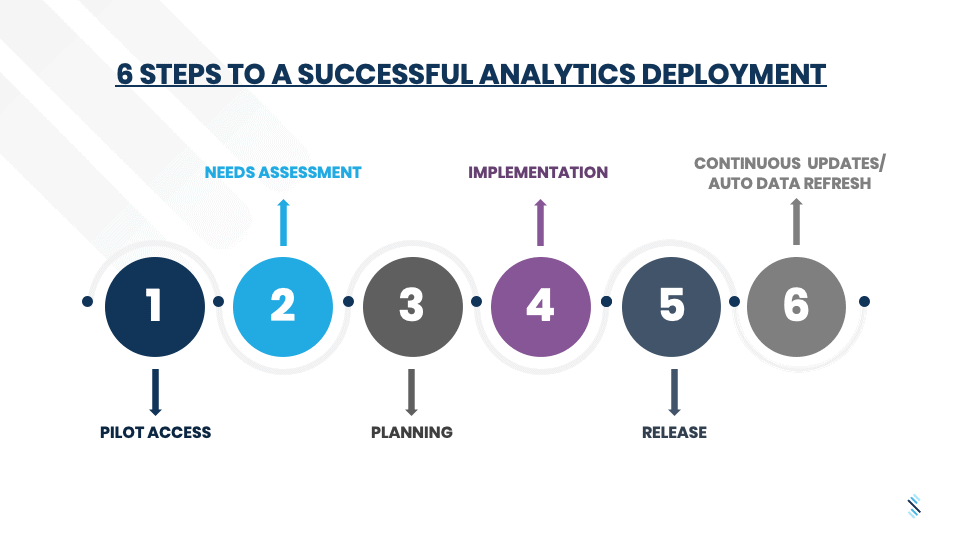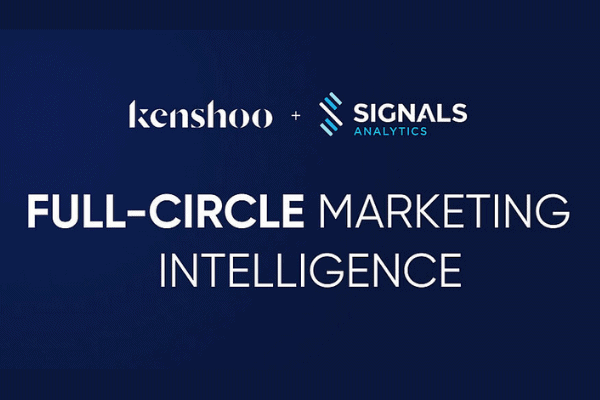
Data-driven businesses are set up better for success, 19 times more likely to be profitable and 23 times more likely to acquire new customers, creating competitive advantage, understanding customers, and driving growth. In fact, according to Forrester, insight-driven businesses grow at an average of 30% each year and are predicted to take $1.8 trillion annually from their less-informed industry competitors.
Unfortunately, however, most companies do not get there because their analytics projects fail. This is mostly due to not utilizing accurate data or relevant data, no action plan on what to do with the data, or not identifying a specific business question at the outset for the outcome to be meaningful to the company.
Our mission in building our configurable data platform is to maximize the impact of analytics and empower better decision-making that ultimately leads to better outcomes. The platform contains all the elements of a data fabric, from the connected data sets germane to specific categories to data classification technologies and taxonomies designed to extract deep insights and data access tools via business-ready analytic models to integration capabilities that allow business to manage the analytics in their native environment. By bringing all these components together, Skai makes it easier for enterprises to deploy analytics without having to rely on precious resources.
But technology alone is not a harbinger of success. Successful deployments of analytics require delving deeper to understand how to match the platform to the needs of the business and how to fit it into the workflow of the teams.
What Are the Steps to a Successful Analytics Deployment?
There are 6 steps that we take with our clients to help them buck the trend and apply best practices in analytics to drive success and unleash data’s potential in the enterprise.
- Pilot Access: To familiarize themselves with the platform capabilities, clients are given access to Skai’s off-the-shelf offering and, through a series of training sessions and use-case demonstrations, begin to understand how the platform can be used to answer common business questions. These training sessions equip the client with the knowledge of what might work for them, and what needs to be adjusted or reframed to align with their own view of their ecosystem. At this stage, clients also begin to understand how the platform can address specific business questions.
- Needs Assessment: After gaining a better understanding of the generic offering, the client meets with Skai’s solutions team to conduct a needs assessment. On this scoping call, the client answers questions pertaining to their business needs, analytic goals and objectives, and the configurations that will be required to produce a more tailored offering.
- Planning: Armed with the client input, the Skai team conducts an internal analysis on how best to achieve the client’s desired result and presents a detailed approach outlining the proposed configurations, methodologies, processes and implementation timelines. Configurations could include adding new data sources (such as sales data or integrating client’s data), adding new taxonomy values (such as macro trends or specific topic deep dives like packaging), or configuring engines/models designed to answer unique business questions. This stage ensures that all parties are aligned with the methodology and expected outcomes.
- Implementation: Once there is sign-off on the approach, deployment begins with regular checkpoints where the Skai team shares progress and initial insights coming from the data. These checkpoints ensure the client is involved in the process and that the output from the platform will feed into specific business processes.
- Release: As the implementation step draws to a close and the deployment is ready to go live, the client attends a delivery meeting to walk-through their new configured platform.
- Continuous Updates/Auto Data Refreshes: After go-live, Skai customer success team maintains a close relationship with the client, arranging custom training sessions and offering on-going support and, if necessary, adjusting configurations. Data is automatically refreshed into the platform and new use-cases are identified for expanded utility of the platform across the organization.
Customers who have deployed Skai report three times higher product success rate, shorter time to market and fewer modifications post-launch, driving growth and success and linking direct ROI to their analytics deployment.
————————————–
*This blog post originally appeared on Signals-Analytics.com. Skai acquired Signals-Analytics in December 2020. Read the press release.





